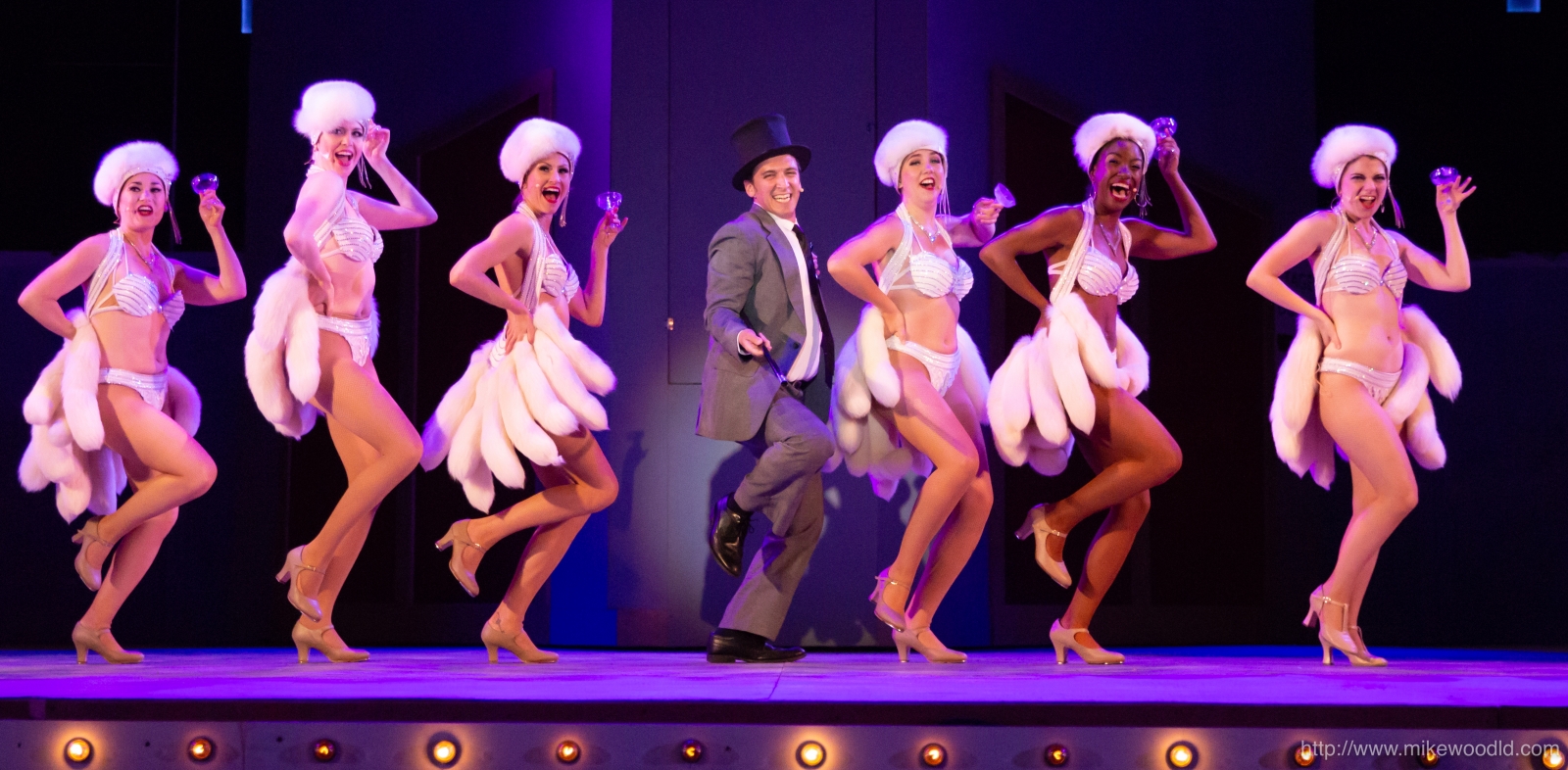


How realistic will the scenery be? How much work will lighting and props do to define time and place? What will be at the back of the stage: black masking, the sky, a projection surface, or an abstract scenic element? How will video and lighting interact to complement rather than interfere with each other? As the design takes shape, I’ll be thinking about specific cues in terms of how each scene, or moments within scenes, should look. That’s when a whole list of questions must be answered. Ideally, you won’t notice the lighting design as a separate element (at least most of the time) as it enhances the story we’re all trying to tell you.Īfter reading the script, it’s time to talk with the director and other designers to get their perspectives. I am constantly thinking of the audience and what I can I do to help you feel and understand what the director, creative team, and performers want to share. dream-but also meaning, emotion, message. Not just the basics-time of day, interior or exterior, season, locale, reality vs. “If you can’t see the actors, it’s my fault” is my usual response when I’m introduced as the lighting designer, but of course my job is so much more. In this post, Paul provides a behind the scenes glimpse into his creative process. Lighting Design, My Creative Process by Paul Epton Paul is a professional, live theatre lighting designer and the creator of the design for our version of “Silent Sky” by Lauren Gunderson.


 0 kommentar(er)
0 kommentar(er)
